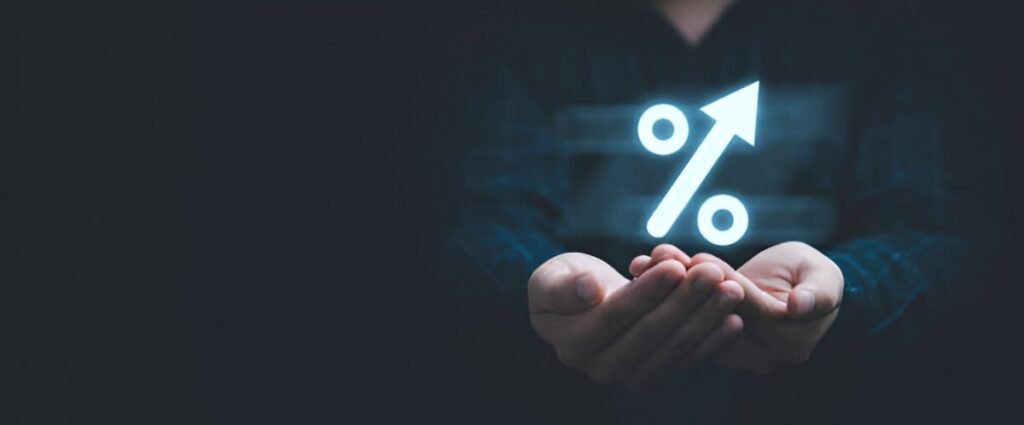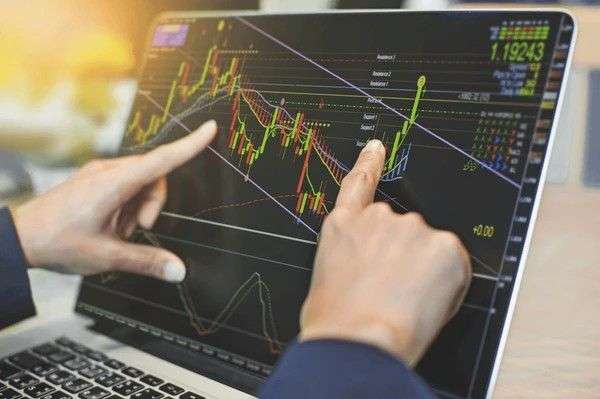Over the past century, the stock market has undergone substantial changes. One of the most significant transformations has been in liquidity and trading costs. As an investor, understanding these changes and their impacts is essential for making informed decisions. I’ve spent considerable time studying the evolution of the stock market, and I’m excited to share some key insights. The stock market, once a place of complex and expensive trades, has evolved into an environment where liquidity is abundant, and trading costs are more transparent and competitive.
Table of Contents
Liquidity: A Key Driver of Market Efficiency
Liquidity refers to how quickly and easily an asset can be bought or sold in the market without affecting its price. The concept is critical because it impacts both the cost of trading and the overall efficiency of the market. In the early 1900s, liquidity was a significant challenge. With fewer participants and limited trading platforms, it could take days or even weeks to execute a trade. The bid-ask spread (the difference between the buying and selling price of a stock) was wide, and trades could only be executed during specific hours.
As technology advanced and the number of market participants increased, liquidity in the stock market improved dramatically. The advent of electronic trading platforms and algorithms has allowed investors to buy and sell shares at lightning speed. Markets have become more efficient, and liquidity has been a driving force in reducing transaction costs over time.
The Impact of Trading Costs: From Commissions to Spreads
In the early days of the stock market, trading costs were primarily driven by commissions. Brokers would charge hefty fees for executing trades. These costs were significant enough to discourage smaller investors from participating in the market. For example, in the 1920s, commission fees could reach 2% or more of the total transaction amount. Let’s break down a simple example to illustrate this:
Example 1: If you wanted to buy 100 shares of a stock priced at $50 per share, your total investment would be $5,000. A commission fee of 2% would cost you $100. In this case, your effective cost of trading would be $100 for a $5,000 investment, equating to 2% of the total transaction value.
With the rise of discount brokers and the gradual elimination of fixed commissions, trading costs began to drop. In the 1970s and 1980s, the introduction of electronic trading and competition among brokers reduced commissions significantly. By the late 1990s and early 2000s, online brokers were offering zero-commission trading, further pushing down trading costs.
A Historical Overview: Stock Market Liquidity and Trading Costs
The evolution of stock market liquidity and trading costs can be divided into several key phases. To better understand these shifts, I’ve compiled a table summarizing the most important developments over the past century:
| Period | Liquidity | Trading Costs | Key Developments |
|---|---|---|---|
| 1920s-1930s | Low liquidity, few market participants | High commissions, up to 2% or more | Limited access to trading, market controlled by brokers |
| 1940s-1950s | Increased participation, limited technological tools | Commission fees remain high, around 2% | Expansion of stock exchanges, gradual adoption of automated systems |
| 1960s-1970s | Early signs of liquidity growth with more institutional investors | Introduction of discount brokers, but commissions still high | Computerized systems for trade execution introduced, but not widespread |
| 1980s-1990s | Significant increase in liquidity with the rise of mutual funds and pension funds | Further reduction in commissions, electronic trading platforms gain popularity | Rise of online brokers like E*TRADE, low-cost trading platforms introduced |
| 2000s-present | High liquidity, advanced algorithms, and fast trading platforms | Zero-commission trading offered by most major brokers | Growth of high-frequency trading, fractional shares, and robo-advisors |
Comparing Trading Costs Over Time
Now, let’s look at how trading costs have evolved, using an example comparing the costs of trading in different decades. I’ve created a hypothetical scenario to illustrate how much costs have fallen for a $10,000 trade:
| Decade | Commission Fee | Bid-Ask Spread | Total Trading Cost (for $10,000 investment) |
|---|---|---|---|
| 1920s | 2% ($200) | 1% ($100) | $300 |
| 1970s | 1.5% ($150) | 0.8% ($80) | $230 |
| 1990s | 0.5% ($50) | 0.5% ($50) | $100 |
| 2000s | 0.1% ($10) | 0.2% ($20) | $30 |
| 2020s (Present) | $0 (Zero commission) | 0.02% ($2) | $2 |
As you can see, over the decades, the total trading cost has dropped significantly, driven primarily by the reduction in commission fees and tighter bid-ask spreads. The most noticeable shift happened in the 2000s, with the advent of online brokers offering zero-commission trading. Today, the main cost associated with trading is the bid-ask spread, which is generally very tight in most liquid markets.
The Role of Technology: How Algorithms Changed the Game
The rise of algorithmic trading and high-frequency trading (HFT) has played a significant role in enhancing liquidity and lowering trading costs. These technologies allow for the rapid execution of trades, which increases market depth and reduces the time between buying and selling. As a result, the market has become more efficient, and the cost of trading has decreased.
HFT firms use complex algorithms to execute orders in milliseconds, making it possible to profit from very small price movements. These traders add liquidity to the market by continuously buying and selling assets, narrowing bid-ask spreads in the process. However, there are concerns about market manipulation and the potential risks associated with this type of trading. Despite these concerns, the general consensus is that HFT has improved liquidity and reduced trading costs for the average investor.
Understanding Liquidity and Trading Costs Today
In today’s market, liquidity is abundant, and trading costs are lower than ever before. Zero-commission trading has become the standard for many online brokers, and high-frequency trading ensures that there is always someone on the other side of a trade. However, it’s important to understand that while trading costs have decreased, other factors such as slippage (the difference between the expected price of a trade and the actual price) can still affect the cost of trading, especially in less liquid stocks.
For example, let’s say you’re trading a stock with a bid-ask spread of $0.10, and you want to buy 1,000 shares at $50 per share. Even if your broker charges zero commissions, you may still experience a cost of $100 due to slippage (0.1% of the trade size). In this case, while the commission cost is zero, the bid-ask spread adds an additional layer of cost that can impact your overall returns.
The Future of Stock Market Liquidity and Trading Costs
Looking ahead, I believe that liquidity will continue to improve as more market participants enter the space and technology advances. We are already seeing the rise of decentralized finance (DeFi) platforms, which could further increase liquidity in financial markets. In addition, the continued development of artificial intelligence and machine learning will likely enhance algorithmic trading, making markets even more efficient.
As for trading costs, I expect the trend of zero-commission trading to continue. However, investors should remain aware of hidden costs, such as bid-ask spreads and slippage, which can still impact overall trading costs. The key to minimizing these costs will be selecting the right broker and understanding the dynamics of the market you’re trading in.
Conclusion
The stock market has undergone a remarkable transformation over the past century, and the evolution of liquidity and trading costs is at the heart of this change. From high commissions and low liquidity in the early days to zero-commission trading and high-frequency trading today, the landscape has shifted dramatically. As technology continues to evolve, I believe that liquidity will remain abundant and trading costs will continue to fall, making the stock market more accessible to all investors. Understanding these changes and how they impact your investment decisions is crucial for navigating today’s financial markets effectively.





